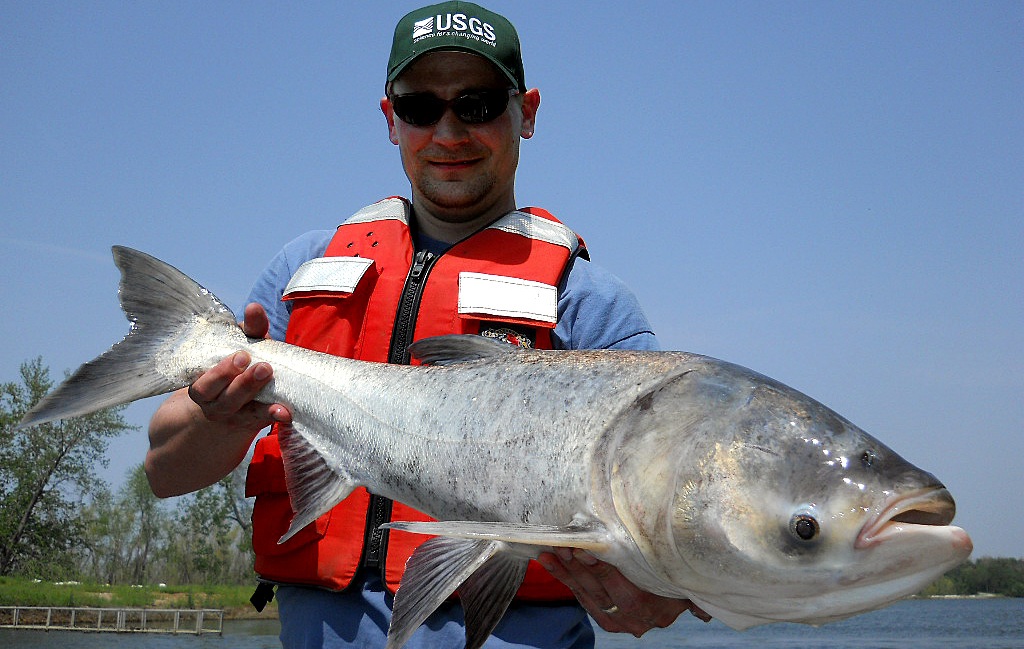How does eDNA work? The cells of all living things include DNA, the basic building blocks of life. Skin, fur, hair, scales, and waste all carry these cells, and when they are shed, an organism’s DNA is also shed into the surrounding environment. USGS scientists studying invasive species collect air, water or soil samples, and analyze it to determine whether the DNA of a target invasive species is present.
The first glimpse of a new invading species may be eDNA. A master of camouflage, the Burmese python is a nonindigenous, invasive species that had been identified in the Florida Everglades by about 2000. Margaret Hunter, a USGS scientist with the Wetlands and Aquatic Research Center in Gainesville, Florida, used eDNA research to investigate whether Burmese pythons were moving out from the Everglades. Her research indicated the presence of Burmese python northeast of the Everglades on the Arthur M. Marshall Loxahatchee National Wildlife Refuge 2 years before there was visual confirmation of the snake on the refuge.
Click here to read this article from the USGS.




